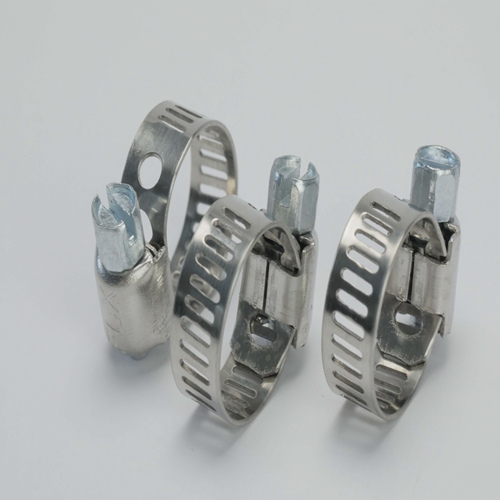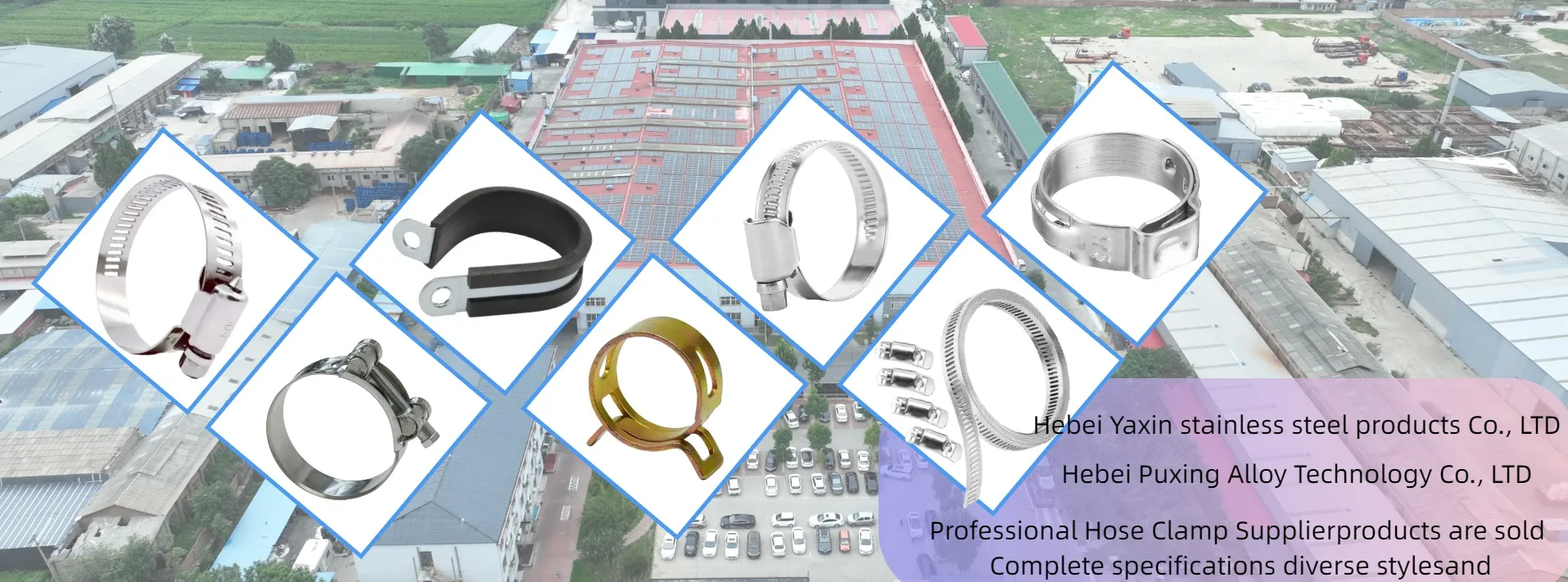- Phone:+86-17331948172 +86-0319-8862898
- E-mail: inquiry@puxingclamp.com
Sep . 10, 2024 08:13 Back to list
1/2 hose clamps
Understanding 1/2 Hose Clamps Essential Tools for Your Plumbing Needs
When it comes to ensuring a secure and leak-free plumbing system, one of the unsung heroes of the trade is the humble hose clamp. Specifically, the 1/2 hose clamp plays an essential role in holding hoses tightly onto fittings, preventing leaks and improvisations in various plumbing projects, automotive applications, and other uses. But what exactly are hose clamps, and why are 1/2 variants particularly noteworthy?
Hose clamps are devices used to secure and hold a hose onto a fitting or a pipe. They come in various sizes, materials, and designs, but the primary purpose remains the same to create a tight seal that prevents fluids from leaking out. The 1/2 size typically refers to the diameter of the hose being clamped. This measurement is critical, as an ill-fitting clamp can either lead to leaks or damage the hose itself.
The construction of 1/2 hose clamps is generally made with durable materials like stainless steel, zinc-plated steel, or plastic
. Stainless steel clamps are particularly favored for their resistance to rust and corrosion, making them ideal for outdoor or wet environments. Zinc-plated options also provide a good balance between affordability and durability, while plastic clamps are often employed in light-duty applications where corrosion is not a significant concern.1/2 hose clamps

One of the most common types of hose clamps is the worm gear clamp, which features a band with a screw mechanism that can be tightened or loosened to adjust its diameter. This adjustability is crucial, as it allows for a snug fit on hoses of slightly varying dimensions, ensuring versatility in usage. Other types include spring clamps and t-bolt clamps, each tailored for specific applications. For instance, spring clamps automatically adjust to the thickness of the hose based on the spring's tension, making them excellent for quick and temporary fixes.
When using a 1/2 hose clamp, proper installation is key to its effectiveness. First, ensure that the hose and fitting are clean and free from debris. Slide the clamp over the hose, then position the hose over the fitting. Tighten the clamp using a screwdriver or a wrench, depending on the design, ensuring that it is snug but not overly tight. Over-tightening can damage the hose and compromise the seal, leading to leaks.
In addition to plumbing, 1/2 hose clamps have a variety of applications in automotive, garden, and industrial settings. In vehicles, they may be used to secure radiator hoses, fuel lines, or air intake hoses. In gardening, they can be applied to irrigation systems, ensuring water flows effectively through hoses without leaks.
In conclusion, the 1/2 hose clamp, though often overlooked, is an essential component in a variety of applications. From home plumbing to automotive maintenance, its ability to provide a secure and leak-free connection ensures that systems operate smoothly and efficiently. With the right materials and correct usage, these small but mighty tools can make a significant difference in the integrity of your projects, making them a staple in any DIY enthusiast's toolbox. Next time you find yourself addressing a plumbing issue or automotive repair, remember the importance of the humble 1/2 hose clamp, and you’ll appreciate the big role it plays in the mechanics of everyday life.
-
Large Stainless Steel Adjustable American Type Hose Clamp - Hebei Pux Alloy Technology Co., Ltd|Corrosion Resistance&High Breaking Torque
NewsJul.30,2025
-
Large Stainless Steel Adjustable American Type Hose Clamp - Hebei Pux Alloy Technology Co., Ltd
NewsJul.30,2025
-
Large Stainless Steel Adjustable American Type Hose Clamp - Hebei Pux Alloy Technology Co., Ltd|Corrosion Resistance&Industrial Applications
NewsJul.30,2025
-
Large Stainless Steel Adjustable American Type Hose Clamp-Hebei Pux Alloy Technology Co., Ltd|Corrosion Resistance, Adjustable Design
NewsJul.30,2025
-
Large Stainless Steel Adjustable American Type Hose Clamp - Hebei Pux Alloy Technology Co., Ltd. | High Breaking Torque & Corrosion Resistance
NewsJul.30,2025
-
Large Stainless Steel Adjustable American Type Hose Clamp - Hebei Pux Alloy Technology Co., Ltd
NewsJul.30,2025




